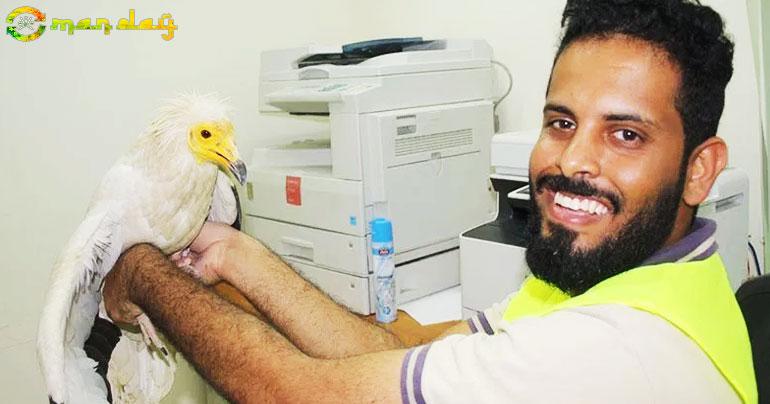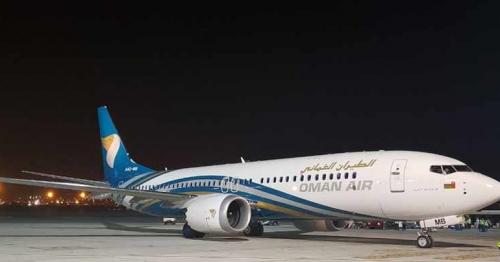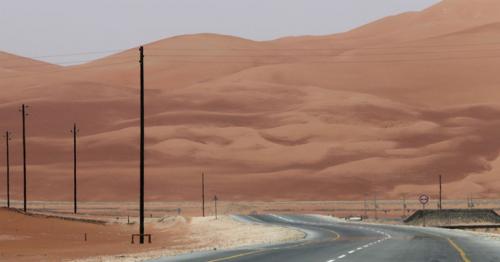13 endangered Egyptian vultures tagged in Oman
To better understand and monitor their movements, 13 endangered Egyptian vultures have been tagged in Al Multaqah area, Oman in January 2018.
The program focuses on tagging vultures and eagles with tracking devices that allow detailed monitoring of their movements in order to investigate where these endangered species are breeding, feeding and migrating.
Since 2014, 17 Egyptian vultures and three eagles (two Steppe eagles and one Lesser Spotted eagle-Spotted eagle hybrid) have been fitted with tags.

This initiative is a collaboration between International Avian Research (IAR, led by Dr. Michael McGrady), the Bernd Meyburg Foundation for Raptor Research and Conservation (led by Prof. Bernd Meyburg who also holds the positions of Deputy Chairman of the Advisory Group for Ornithology and Bird Protection and Chairman of Raptor Working Group of BirdLife Germany (NABU)), and the Environment Society of Oman (ESO).
This initiative was launched in 2014, and aims to monitor the movements of scavenging, soaring raptors (e.g. Egyptian vultures and eagles) in Oman. Most vulture species and many species of eagle are in decline internationally, but recent research shows Oman to be a hotspot for them, holding important populations of both resident and migratory individuals. The project aims to develop a greater understanding of the movements and migration of the birds, and the habitats they use.
Dr. McGrady says, “So far our work has focused on Egyptian vultures, but we have also been tracking two Steppe eagles, a species that is also globally endangered. The focus in coming years may shift somewhat towards eagles because we are currently tracking a good number of vultures. However, trapping these species can be difficult, so we take what we can get. Trapping the hybrid spotted eagle was a pleasant surprise, and already the data are fascinating”.
Of the four vultures tagged in previous years, two are known to have died, at least one by electrocution.
All four of those birds were young birds, and young birds typically do not survive as well as adults. However, the electrocution of one of the birds indicates that this threat, which is a major cause of mortality for many large birds (including endangered vultures and eagles) globally, is active in Oman.
Also, none of the four vultures tagged in previous years migrated. This may have been because they were resident birds and would not migrate, or they may not have migrated because they were not mature. Young vultures reared in northern areas migrate south to places like Oman in their first year, then dwell there for some years before returning when they are older. Because 12 of the vultures caught in 2018 are adults, we expect at least some of them to migrate this spring to breeding areas farther north. The eagles that we have tracked, on the other hand, have migrated to summering areas in Central Asia, and then back to winter in Arabia.
According to Professor Meyburg, “The Steppe Eagles tagged in January 2017 spent their summer in Central Asia, visiting countries such as Kazakhstan, Russia and Turkmenistan. They returned to the GCC area during the winter 2017-2018, and have settled in South East and Central Saudi Arabia. The tracking provides the first detailed information on the migratory behavior of Steppe Eagles that winter in Oman”
The results shed light on the importance of these raptors and their relationships to human activities such as waste management, electricity production and distribution. Oman appears to be a stronghold for these species, and as such can make important contributions to global conservation efforts. Although an International Multi-Species Action Plan has been developed to address the huge declines in vulture populations worldwide, Oman’s status calls for the drafting of species’ conservation plans (for both vultures and eagles) addressing research, conservation actions, threat assessment, education, community awareness and stakeholder engagement.
Maïa Sarrouf Willson, Research and Conservation Manager at ESO says, “Since the beginning, the project has received financial support from the International Avian Research (IAR) and the Greater Los Angeles Zoo Association, satellite tags from Aquila Systems and Geotrak, and in-kind support from ESO, Arid Lands, and Hawk Mountain Sanctuary.
In the winter of 2017-18, 11 GPS tags were provided by the Bernd Meyburg Foundation for Raptor Research and Conservation andone by the Vulture Conservation Foundation through their “Vulture Baseline Data” project, funded by the MAVA Foundation. Dr. Paul Howey of Microwave Telemetry refurbished five of the transmitters that were deployed. Professor Meyburg has probably deployed tags on more individuals of more raptor species than anybody else in the world.
His involvement, both personally and through his Foundation, has been of huge benefit to the project. We were glad to see the participation of students from Sultan Qaboos University (SQU) in the tagging this time around, which reflects ESO’s mission to spread environmental awareness and education. We aim to continue our efforts, in whichever way we can, to conserve the various raptor species in Oman, whether they be residents or migrants”.
Share This Post






